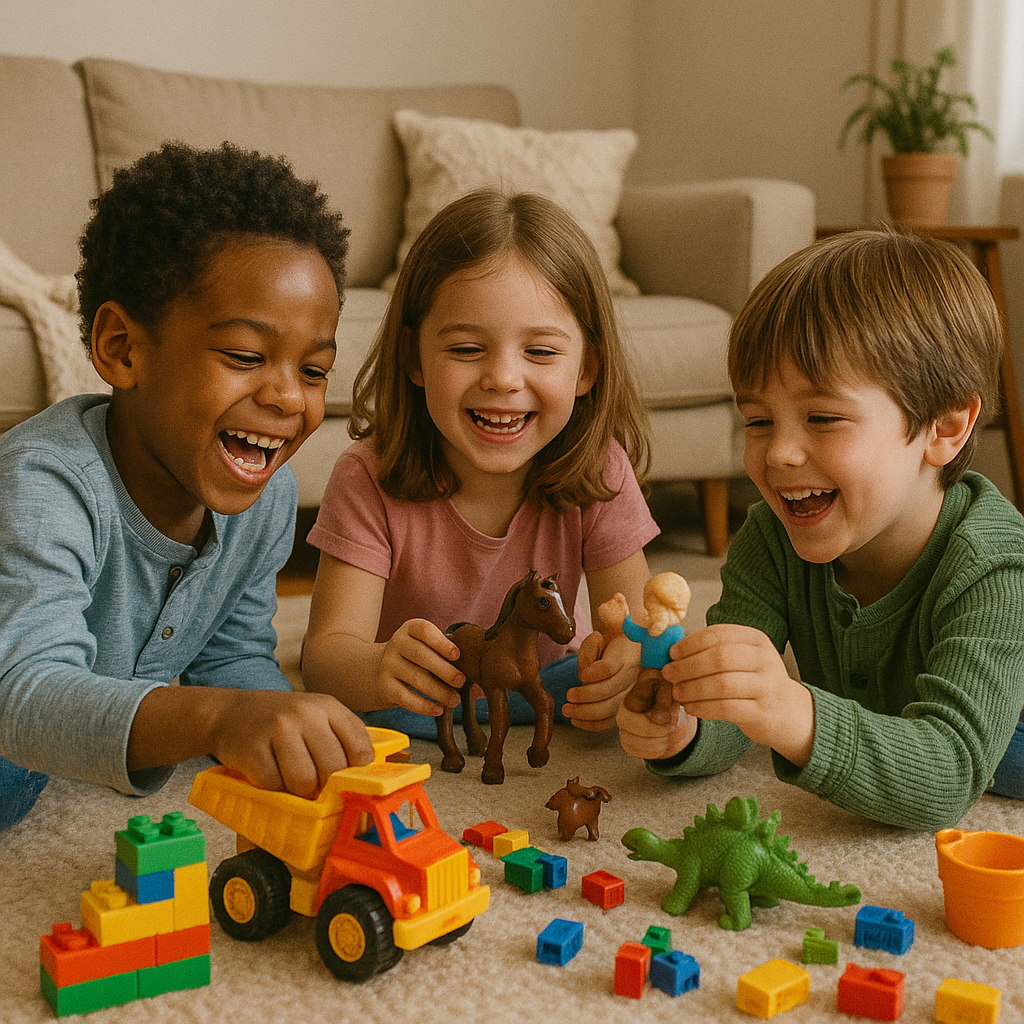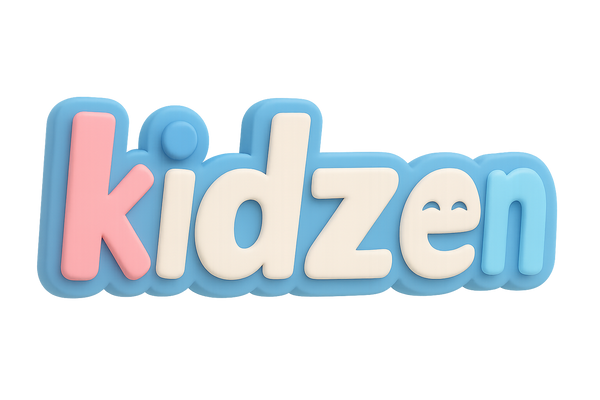
How Toys Help Kids Build Stronger Friendships
Share
Toys aren’t just fun—they're powerful tools for social development. While most people associate toys with learning letters, numbers, or motor skills, research shows that playtime with toys plays a crucial role in helping children build and maintain healthy friendships. Whether it's a truck shared between toddlers or a collaborative block tower, the right toy can open up a world of social possibilities.
🎯 1. Toys as Social Bridges
Toys often act as “social anchors” in group settings, especially in early childhood. According to Parten’s classic stages of play theory (1932), children move from parallel play to cooperative play by engaging in shared toy experiences. A more recent study in Developmental Psychology (2014) by Howes et al. confirms that cooperative toy play significantly increases social interaction, empathy, and turn-taking behaviors among preschoolers.
👉 Example: A shared set of animal figurines becomes a stage for storytelling and mutual role-play.
🧠 2. Role-Playing Toys Enhance Empathy and Communication
Pretend play with toys like dolls, play kitchens, or action figures encourages children to take on different perspectives. A 2020 study by the University of Cardiff, published in Nature Neuroscience, showed that role-play toys increased activity in the temporoparietal junction, the brain region involved in empathy. The more frequently children engaged in shared pretend play, the better they became at resolving conflicts and understanding peer emotions.
👉 Tip: Encourage toys that allow open-ended storytelling between peers.
🧩 3. Constructive Toys Build Collaboration
Building toys like blocks, magnetic tiles, or LEGO sets require planning, patience, and teamwork. A 2016 study in Early Childhood Research Quarterly found that when kids worked together on building tasks, they demonstrated significantly more prosocial behaviors, such as helping and praising each other, than when playing alone.
👉 Idea: Try assigning group building “missions” to promote cooperation.
💬 4. Toys Promote Language and Conflict Resolution
Toys provide a context where kids negotiate rules, explain ideas, and resolve disagreements. According to a 2015 study by Nicolopoulou et al., pretend play improved children's narrative skills and conflict management strategies. Kids who played together with toys had richer dialogues and more advanced storytelling capabilities.
👉 Try this: Use story-based toys like puppets or dolls to prompt peer conversations.
🧒 5. Inclusive Toys Foster Diverse Friendships
Toys that are gender-neutral, culturally diverse, or accessible to kids with different abilities help foster inclusivity in play. Research in Children & Society (2022) emphasizes that diverse toys encourage cross-group friendships and reduce social exclusion in early learning environments.
👉 Suggestion: Rotate in toys that reflect different cultures, professions, and family structures.
Real-Life Example
In a kindergarten class in Chicago, teachers introduced cooperative board games and shared building sets into playtime. Over the semester, they noticed shy students becoming more engaged and new friendships forming. One child, previously hesitant to speak, became the group’s unofficial "builder captain," guiding others during tower construction with joy and confidence.
💡 Conclusion
Toys are more than entertainment—they're powerful tools for teaching empathy, communication, and teamwork. By choosing toys that promote collaboration and imagination, parents and educators can help children create meaningful, lasting friendships.
Next time your child reaches for a toy, remember: they might be picking up the building blocks of social intelligence.
